Dry Adhesive Robot
“Inspection, painting, and cleaning companies will buy a dry adhesive-based climbing robot so they can expand their customer pool with the ability to scale non-ferrous surfaces.“
The Team
The Problem
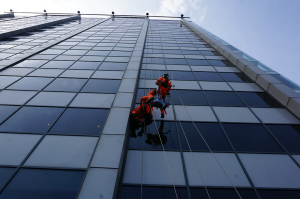 Doing large-scale inspections can be be both dangerous and labor intensive, but recent technological advances (think drones and climbing robots) have helped with this. When inspecting large structures, these devices can speed up the work and do it more safely. However, what if the structure that needs inspecting is non-ferrous? Most climbing robots rely on magnets to scale, so these become useless. And what if the inspection environment is enclosed or windy? Drones can’t handle these conditions very well.
Doing large-scale inspections can be be both dangerous and labor intensive, but recent technological advances (think drones and climbing robots) have helped with this. When inspecting large structures, these devices can speed up the work and do it more safely. However, what if the structure that needs inspecting is non-ferrous? Most climbing robots rely on magnets to scale, so these become useless. And what if the inspection environment is enclosed or windy? Drones can’t handle these conditions very well.
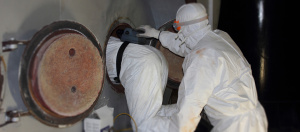
Therefore, there is an industrial gap that needs to be filled for jobs that take place on non-magnetic surfaces (drywall, glass, wood, etc.) or in close quarters or in windy environments (wind farms, chemical tanks, tunnels, etc.). A robot that uses dry adhesives to climb can fill this void. And why stop at inspections? Dry adhesive technology could also propagate to other industries, such as the cleaning and painting markets!
The Business Aspect

Customer Interviews Conducted: 9
The Value Proposition
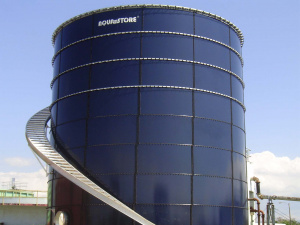
Dry adhesives can benefit an array of consumers ranging from chemical plant managers to heads of facilities departments. With the ability to climb non-ferrous surfaces in most conditions, dry adhesive climbing robots could easily be used for close-up inspections of tightly-enclosed or glass-lined chemical containers. In addition, attachments could be retrofitted onto these machines, allowing dry adhesive climbing bots to clean surfaces (windows of tall buildings, solar panels) or carry payloads up walls and through small spaces (routing cables, construction applications).
The Customer
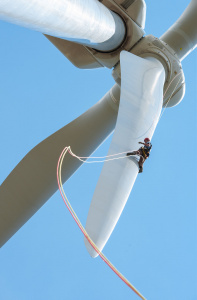 A typical customer might be Alfredo Hites, pictured here:
A typical customer might be Alfredo Hites, pictured here:
- Owns his own inspection business
- Has inspected wind turbines for 8 years
- Employee retention is an issue due to safety concerns
- Insurance premiums for his business are enormous
- Can’t use drones to inspect due to windy conditions
The Technology
Dry adhesive technology has been around for some time, but it hasn’t broken through to the market yet due to some practical setbacks. For instance, the voids on the surface of the material (which cause it to “stick” to walls) become dirty relatively easily, meaning it gets less effective over time. However, if clean, the sticking power of dry adhesive material is enormous. Once some of the kinks get flushed out, dry adhesive technology might just be the “next big thing!”
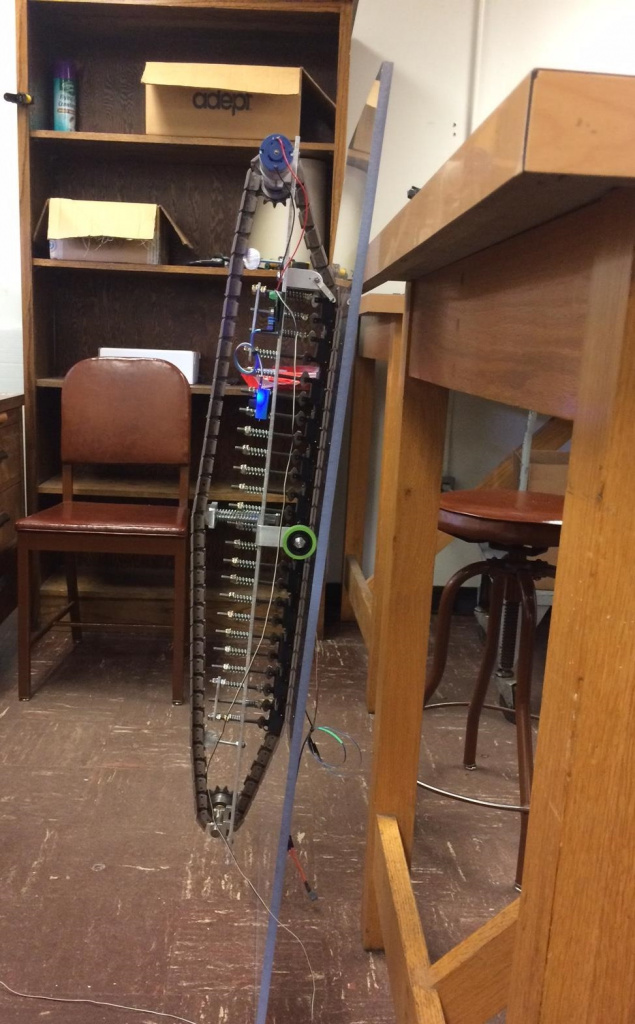
The first medium-scale climbing robot prototype

